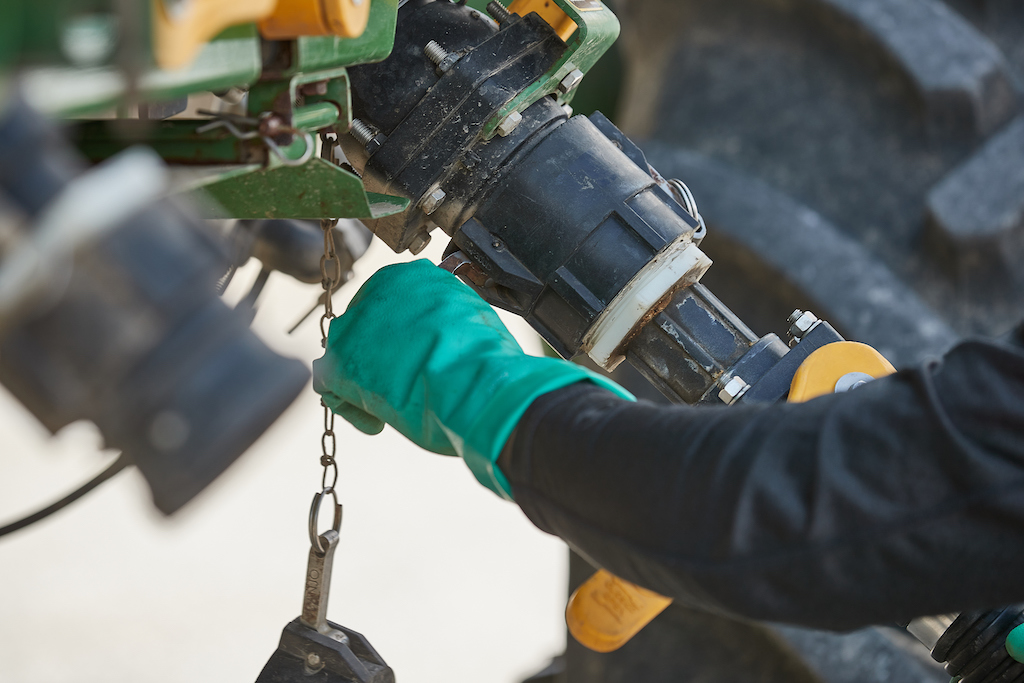TriVolt Herbicide
HerbicideBuilt with a proprietary formula, Trivolt™ Corn Herbicide provides burndown and residual activity in a variety of weather conditions.
Approved In
AL, AR, CO, DE, GA, IA, IL, IN, KS, KY, LA, MD, MI, MN, MO, MS, MT, NC, ND, NE, NJ, NM, OH, OK, PA, SC, SD, TN, TX, VA, WI, WV, WYLabels / Safety Data Sheets (MSDS)
Additional Downloads
